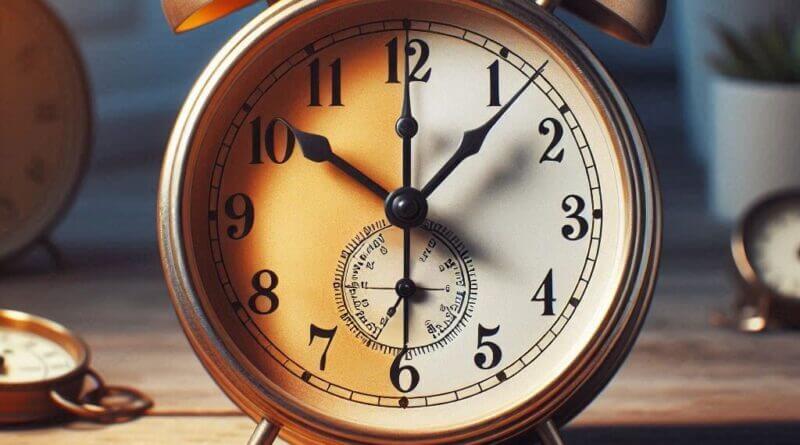The Pros and Cons of Daylight Saving Time
The annual move of the clock back an hour from Daylight Savings Time back to Standard Time takes place Sunday morning, Nov. 3 at 2 a.m. There’s been a growing move to consider ending the move to-and-from Daylight Savings Time, which would need Congressional approval.
The Mississippi Legislature did pass legislation in 2021 that would keep DST in the state for the entire year pending a Congressional nod on a national level. But as late as last year, there had been no momentum on a state level to do so.
Here’s a closer look at the pros and cons of Daylight Saving Time.
The Advantages of Daylight Saving Time
1. Energy Conservation
The primary reason for DST’s introduction was to reduce energy consumption. By shifting an hour of daylight from the early morning to the evening, DST was believed to reduce electricity demand during peak evening hours, particularly in the spring and summer months. Studies from the mid-20th century showed some energy savings, primarily due to decreased lighting needs.
2. Boosts Economy and Recreation
Longer evenings encourage people to spend more time outside, whether for shopping, dining, or recreational activities. Many businesses, especially in the retail and hospitality sectors, benefit from the additional hour of daylight. Parks, outdoor events, and other venues also see increased attendance, which can positively impact local economies and create seasonal job opportunities.
3. Improves Safety on Roads
Studies suggest that DST could reduce traffic accidents by providing more daylight during evening rush hours, which are often more congested than morning commutes. Increased visibility and reduced drowsiness due to extra evening daylight may lead to fewer accidents, benefiting both pedestrians and drivers.
4. Supports Physical and Mental Health
Longer daylight hours can promote outdoor activity, leading to increased physical exercise, which is beneficial for both physical and mental health. Natural light exposure has also been shown to help regulate sleep cycles and elevate mood, potentially reducing symptoms of seasonal affective disorder (SAD) and other mood disorders.

The Disadvantages of Daylight Saving Time
1. Disrupted Sleep Patterns
Changing the clocks disrupts sleep schedules, particularly during the “spring forward” transition. This shift can lead to sleep deprivation, which has a cumulative effect on mood, productivity, and overall health. Studies have shown a short-term spike in workplace injuries and car accidents in the days following DST changes, suggesting that even a one-hour change can significantly impact well-being.
2. Questionable Energy Savings
While DST was introduced to save energy, recent studies have questioned its effectiveness. Changes in how we use energy—such as increased reliance on heating and cooling systems—make it unclear whether DST results in meaningful conservation. Research from the U.S. Department of Energy and other organizations has shown mixed results, with some studies indicating minimal or even no net energy savings.
3. Impact on Health and Wellness
Some health experts argue that DST can have lasting effects on cardiovascular health. Studies have found a correlation between the clock shift and an increased risk of heart attacks and strokes. The disruption of the body’s internal clock, or circadian rhythm, can also exacerbate mental health issues, such as anxiety and depression.
4. Challenges for Agriculture and Livestock
DST can disrupt agricultural schedules, particularly for livestock and farming practices that depend on a consistent routine. Animals, such as dairy cows, rely on regular feeding and milking times. A sudden shift can lead to decreased productivity and increased stress for both animals and farmers, who may have to adjust their schedules twice a year.





